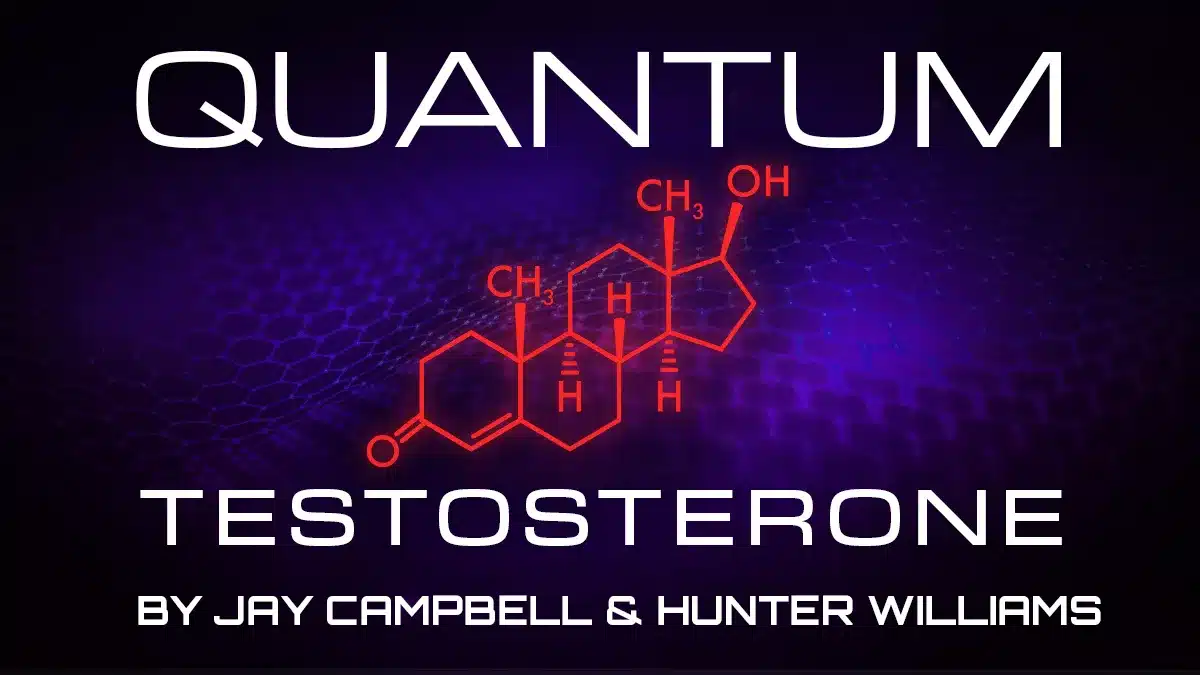- Hunter's Health Hacks
- Posts
- Looking at HGH in Human Trials
Looking at HGH in Human Trials
New video is out
Happy Friday!
This morning, I released a brand-new episode on Spotify, breaking down every major human trial on human growth hormone (HGH) in adults.
If you’ve ever wondered whether HGH is an “anti-aging secret,” or how it actually performs when scientists put it to the test, this one’s for you.
In the episode, I walk through the study designs, the dosing and duration, and the measurable outcomes.
In today’s email, I give you an accessible summary of what the human trials actually found, where HGH helps, where it doesn’t, and where it clearly performs better when stacked with testosterone.
Let’s separate signal from noise so you can make smart, long-term decisions for health and performance.
Why HGH
HGH levels decline with age, and this decline is associated with changes in body composition (increased fat, decreased lean mass), lower bone turnover, and reduced exercise capacity.
Trials in healthy older adults (no true deficiency) look very different from trials in GH-deficient adults, and both differ from short-term studies in athletes or injury rehab.
The literature provides us with concrete numbers, including percentage changes in lean mass and fat mass, as well as changes (or lack thereof) in strength, VO₂ max, sprint capacity, wound-healing days, and fracture-healing timelines.
Longevity in healthy adults
The most careful reviews of HGH in healthy older adults show small but consistent body-composition shifts over 3–6 months.
Typically, we see +2 kg lean mass (roughly ~3–5% for many older adults) and ~−2 kg fat mass (often ~5–7% relative reduction), with little to no improvement in muscle strength, VO₂ max, lipids, or functional outcomes.
The waist looks a bit tighter, the balance of fat vs muscle trends in the right direction, but actual athletic performance doesn’t move much.
Athletic performance
In young, healthy adults and recreational athletes, placebo-controlled trials show no significant improvements in maximal strength or endurance with HGH alone, despite ~2–2.5 kg increases in lean mass (again, some of that is water).
However, short-burst anaerobic sprint capacity improves, with one rigorous study showing a ~4–5% improvement in Wingate-style tests (and ~8% when HGH is combined with testosterone in men).
That’s a real, but niche, performance bump. Importantly, the effect fades within weeks after stopping.
If you’re chasing strength or endurance, HGH isn’t the mover.
Good training, adequate protein, sleep, and (when appropriate) testosterone optimization will carry you much further.
Injury and recovery
Here, the data gets interesting.
In severe burns, adults on HGH often heal meaningfully faster (wound closure about nine days sooner on average, and skin-graft donor sites closing ~2–3 days sooner).
In fracture healing, a large tibia-fracture trial found no overall benefit across all cases, but a ~26% faster healing time in the closed-fracture subgroup at higher HGH dosing.
In post-operative rehab (e.g., ACL reconstruction), a pilot RCT in young men showed ~29% greater quadriceps strength at 12 weeks with a six-week HGH course versus placebo.
HGH isn’t a universal rehab tool, but for specific catabolic states (large burns) or well-selected musculoskeletal scenarios, it shows clinically meaningful results.
Why HGH + Testosterone outperforms HGH alone
HGH plus testosterone outperforms HGH alone in body composition and, in some male cohorts, shows additive improvements in aerobic capacity.
Think of testosterone as improving myofibrillar protein synthesis, strength, and performance capacity, while HGH influences collagen turnover, connective tissue support, fluid balance, and (to a degree) lean mass.
When combined correctly (right doses, labs in range, sleep/training aligned), you see greater fat loss, more lean tissue, and in some studies ~4–8% improvements in anaerobic performance in men—versus ~4–5% with HGH alone.
When you optimize testosterone to youthful physiologic levels, titrate HGH conservatively, monitor IGF-1 and glucose, and anchor the stack to training, protein, sleep, and minerals.
Used this way, the stack achieves what HGH alone rarely does.
Visible body composition changes with functional carryover.
Practical takeaways
Healthy longevity (no deficiency): Expect ~3–5% lean mass increase and ~5–7% fat mass reduction over 3–6 months; no consistent strength, VO₂, lipid, or lifespan gains.
Athletic performance: Strength/endurance: no benefit. Anaerobic sprint capacity: ~4–5% with HGH, ~8% with HGH + T.
Injury/Recovery: Burns: wound closure ~9 days faster on average. Fractures: ~26% faster healing in closed tibias at higher dosing. ACL rehab: ~29% higher quad strength at 12 weeks with a 6-week HGH course vs placebo.
AGHD (true deficiency): ~5–8% lean mass increase, ~7–12% fat mass reduction, ~8–12% VO₂ max improvement, better bone and QoL.
Want the full protocol?
If today’s breakdown was helpful, you’ll love Quantum Testosterone, the course I built with Jay Campbell.
We go deep on when and how to use HGH, why it performs better when testosterone is optimized, how to dose and titrate safely, which labs to run (and how to interpret them), and how to stack training, nutrition, sleep, minerals, and mitochondrial support so your protocol makes you feel and perform better.
If you want evidence-based, real-world protocols built for long-term health and performance, this is your playbook.
When you’re ready to implement with precision, join us in Quantum Testosterone.
Your future self will thank you.
Best,
Hunter Williams

